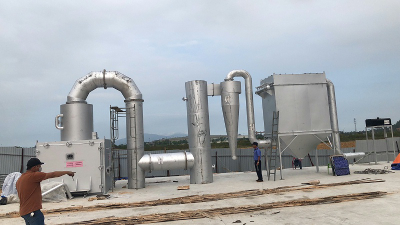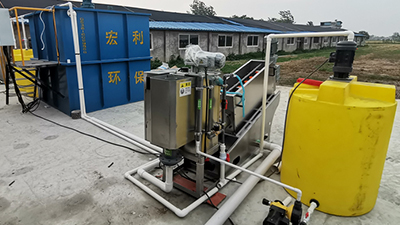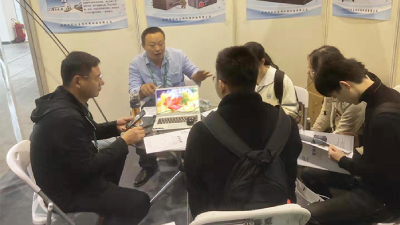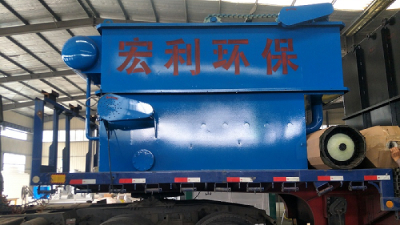At present, there are various modes of garbage disposal in the world, mainly including sanitary landfill, biological treatment, incineration and power generation. Here, the editor of
Holy Shield will share with you the advantages and disadvantages of sanitary landfill and incineration power generation.

Sanitary landfill: This method has the characteristics of low cost, large processing capacity and simple operation, but it has defects and shortcomings such as occupying a lot of land, difficult to treat leachate, and relatively difficult to control odor. Due to economic, technical and management reasons, the current domestic waste landfills in my country have secondary pollution to varying degrees, which also affects the surrounding water, atmosphere and soil to varying degrees.
Waste incineration treatment: This method is to use high-temperature oxidation to treat domestic waste - burning domestic waste at high temperature to convert combustible waste in domestic waste into carbon dioxide and water, etc. The ash and slag after incineration are only the original volume of domestic waste. less than 20%, thus greatly reducing the amount of solid waste, and can also eliminate various pathogens. Waste incineration has a history of more than 100 years in the world. The management standard is relatively complete, and the technology is relatively mature and reliable. It can greatly reduce the landfill of domestic waste and save valuable land resources. The heat generated after incineration can also be used for power generation and heating.
The main advantages of waste incineration power generation are as follows:
1. Project land province. For the same amount of waste disposal, the land area required by the waste incineration plant is only 1/20-1/15 of the landfill site.
2. The processing speed is fast. The decomposition time of garbage in landfills usually takes 7 to 30 years or even hundreds of years, while incineration can be completed in about 2 hours.
3. The reduction effect is good. The same amount of waste can be reduced by about 30% through landfill and 90% through incineration.
4. Good pollution control. Adopt modern advanced incineration industrial technology, build and operate in accordance with national standards, realize zero discharge of leachate and production sewage, and discharge flue gas up to the standard through strict purification treatment.
5. High energy utilization. Each ton of waste can be incinerated to generate more than 300 kWh of electricity. About every 5 people's household waste can be incinerated to generate electricity to meet the daily electricity demand of 1 person.

It can be seen that waste incineration power generation is currently the most in line with the principle of "harmless, reduced, and resourceful" treatment of domestic waste.





